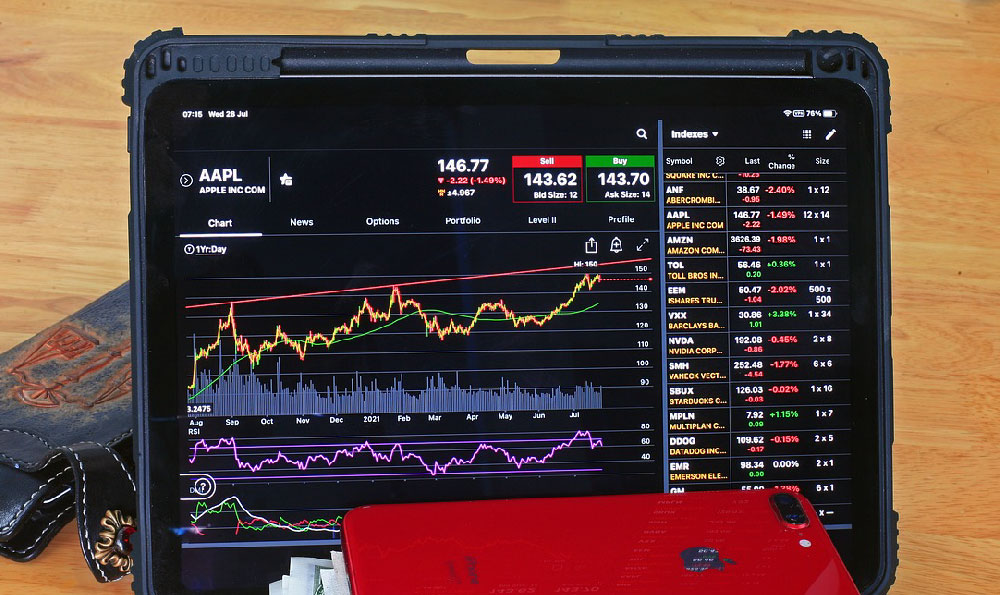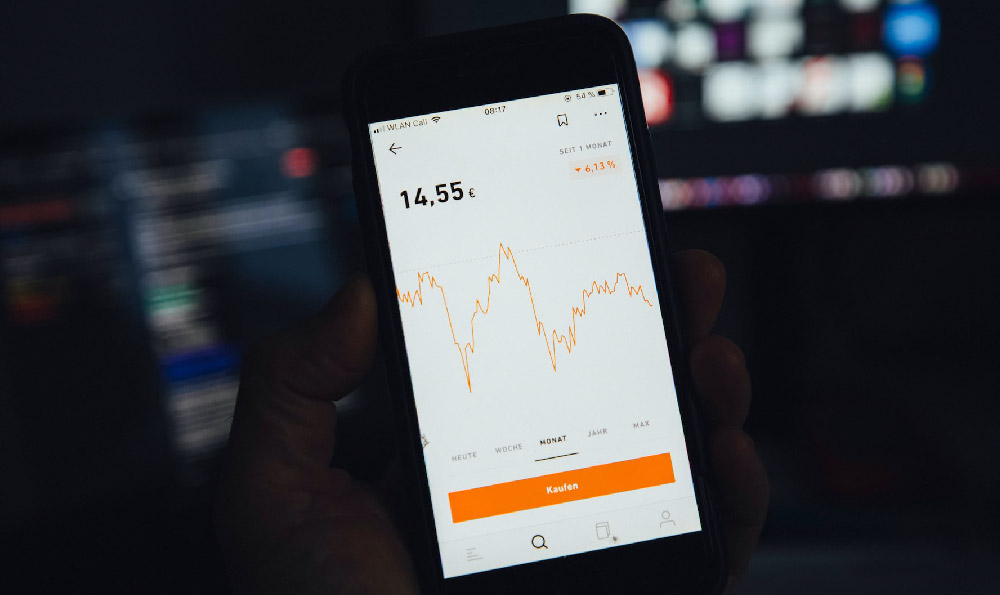
Visa, the ubiquitous payment processing giant, doesn't lend money like a bank, nor does it sell products directly to consumers. Its business model is fundamentally different, and understanding it is key to assessing the sustainability of its revenue streams. Visa essentially operates a vast electronic payments network, acting as the middleman between merchants, banks that issue credit and debit cards (issuers), and banks that handle merchants' transactions (acquirers).
The primary way Visa generates revenue is through service revenues. These are fees collected from financial institutions that participate in the Visa network. They're calculated as a percentage of the total dollar volume of transactions processed through the network. Think of it as Visa taking a tiny cut of every purchase made with a Visa card. This cut, although seemingly small on an individual transaction basis, adds up to a significant sum considering the sheer volume of transactions Visa facilitates globally. The sustainability of this revenue stream hinges on the continued growth of electronic payments and Visa's ability to maintain its dominant market share. As cash transactions decline and digital payment methods proliferate, service revenues are generally expected to increase, making this a relatively robust and predictable income source. However, competition from other payment networks and the increasing pressure on interchange fees (the fees merchants pay to accept card payments) pose potential challenges.
Another crucial revenue stream for Visa is data processing revenues. Each transaction that flows through the Visa network generates a wealth of data. Visa leverages this data to offer a range of services to its clients, including fraud detection, risk management, analytics, and loyalty programs. Financial institutions and merchants value these services because they help them to improve security, understand customer behavior, and optimize their businesses. Visa charges fees for these value-added services, and these fees contribute significantly to its overall profitability. The sustainability of data processing revenues relies on Visa's ability to continuously innovate and develop new data-driven solutions that meet the evolving needs of its clients. As the digital landscape becomes more complex and sophisticated, the demand for these types of services is likely to increase, potentially bolstering Visa's long-term revenue prospects. Furthermore, as artificial intelligence and machine learning become more prevalent, Visa can leverage these technologies to enhance its data processing capabilities and offer even more sophisticated services.

International transaction revenues are also a significant contributor. When a Visa card is used to make a purchase in a foreign currency, Visa charges a fee for converting the currency. This fee is typically a percentage of the transaction amount, and it's shared between Visa and the issuing bank. With the increasing globalization of commerce and the growing number of international travelers, international transaction revenues have become an increasingly important source of revenue for Visa. The sustainability of this revenue stream depends on the continued growth of cross-border payments and Visa's ability to maintain its presence in key international markets. Factors such as currency fluctuations and geopolitical instability can impact international transaction volumes and revenues. Furthermore, competition from alternative payment methods that bypass the traditional card networks, such as mobile payment platforms and cryptocurrencies, could also pose a threat to this revenue stream in the long run.
Finally, Visa generates a small amount of revenue from other revenues, which include things like licensing fees and investment income. These revenue streams are relatively minor compared to the others, but they still contribute to Visa's overall profitability.
Now, addressing the critical question of sustainability. Visa's business model has proven remarkably resilient over the years, and there are several factors that support its long-term sustainability. Firstly, the global trend towards cashless payments is a powerful tailwind that benefits Visa. As consumers increasingly prefer the convenience and security of electronic payments, Visa is well-positioned to capture a large share of the growing transaction volume. Secondly, Visa has built a strong brand reputation and a vast network of partnerships with financial institutions and merchants around the world. This network effect creates a significant barrier to entry for potential competitors. Thirdly, Visa has a long history of innovation and adaptation. The company has consistently invested in new technologies and services to meet the evolving needs of its clients and consumers. This commitment to innovation is essential for maintaining its competitive advantage in the rapidly changing payments landscape.
However, challenges exist. The payments industry is becoming increasingly competitive, with new players emerging and established companies expanding their offerings. These competitors include other payment networks, such as Mastercard and American Express, as well as alternative payment providers, such as PayPal, Apple Pay, and Google Pay. Furthermore, regulatory scrutiny of the payments industry is increasing, particularly in areas such as interchange fees and data privacy. Changes in regulations could impact Visa's revenue streams and profitability. The rise of cryptocurrencies and blockchain-based payment systems also presents a potential long-term threat to Visa's business model, although the widespread adoption of these technologies remains uncertain.
In conclusion, Visa's revenue generation model is multi-faceted, relying on service fees, data processing, international transactions, and other smaller sources. Its sustainability is supported by the continued growth of electronic payments, its strong brand and network, and its commitment to innovation. However, the company faces challenges from increased competition, regulatory scrutiny, and the emergence of new payment technologies. To maintain its long-term success, Visa must continue to adapt to the changing payments landscape, invest in new technologies, and navigate the evolving regulatory environment effectively. While not without its potential headwinds, the fundamental trend toward digital payments and Visa’s entrenched position suggest a continuing, albeit potentially evolving, profitable future.





